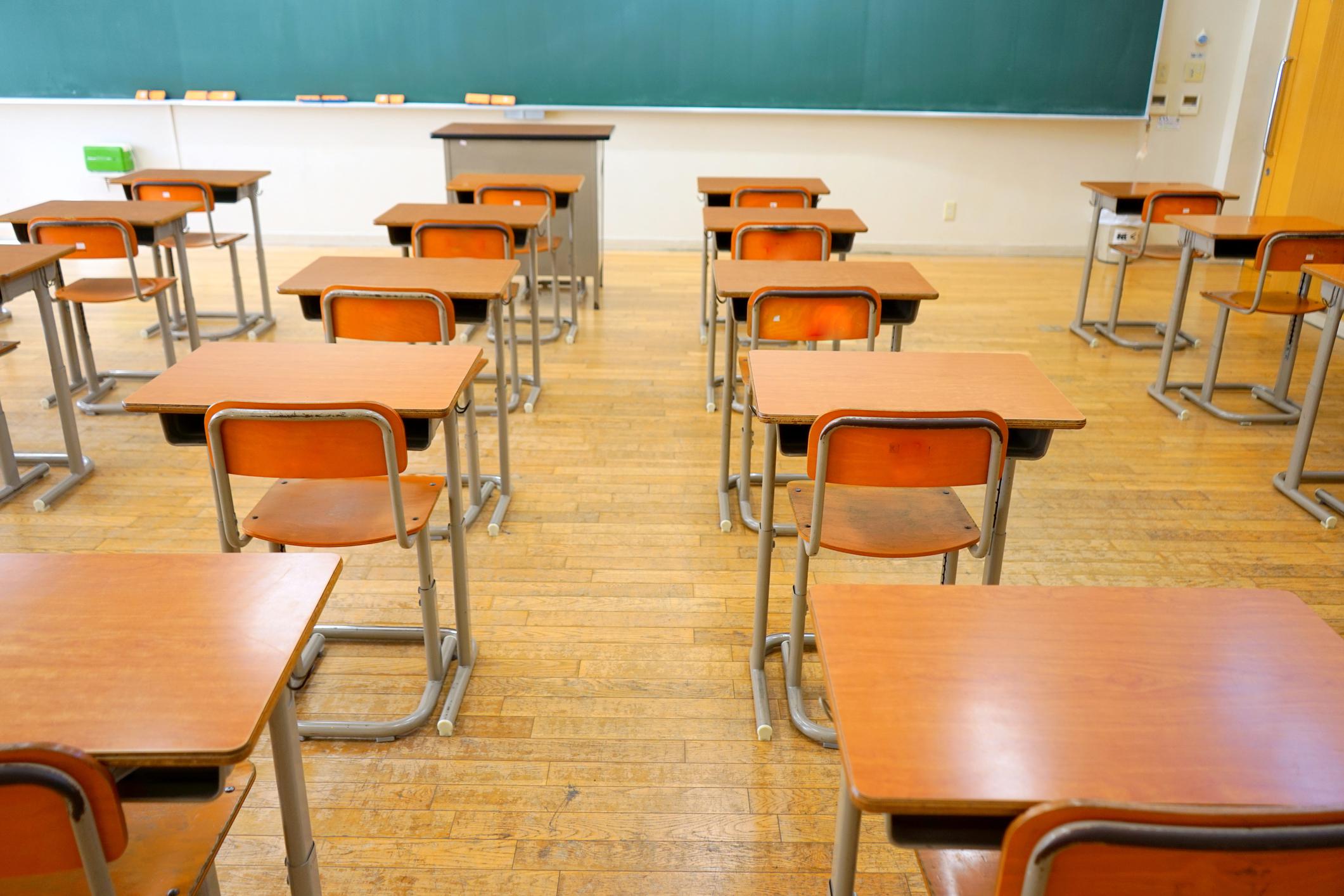The Department of Education just released its first-ever report on what it labels a “hidden educational crisis”—chronic absenteeism, defined as missing more than 15 days of school in a year—in American schools, and the statistics are sobering: In the 2013–2014 school year, more than 6.5 million kids fell into this category. That’s about 13 percent of students missing at least three weeks of school.
While the absenteeism rates are fairly similar for boys and girls, the numbers vary a great deal by race. The Department of Education report finds:
… compared to their white peers, American Indian and Pacific Islander students are over 50 percent more likely to lose three weeks of school or more, black students 30 percent more likely, and Hispanic students 9 percent more likely.
The numbers edge higher as kids get older, too: Almost 20 percent of high school students are chronically absent, compared to 12 percent of middle-schoolers and 10 percent of elementary-school students. In high school again, minority groups have higher-than-average rates, with 21 percent of Hispanic students, 23 percent of black students, and 27 percent of Native Americans qualifying as chronically absent.
In the past, states and districts have relied on inconsistent metrics to measure absenteeism, with some using average daily attendance; tracking the attendance record of each kid is a fairly recent—and welcome—innovation, one that’s now mandated by the recently passed Every Student Succeeds Act. This report marks the first concerted effort to aggregate attendance patterns all over the country to see what’s working, and what isn’t.
The data isn’t flawless: The report lumps all forms of absenteeism together, but while there’s obviously a difference between missing school because you’re suspended versus being ill, dealing with a family emergency versus being a plain old truant, the end result seems to be the same—you’re not in the classroom and you’re not learning.
Kids who are absent a lot score lower on tests and do worse in college than kids who aren’t—all of that seems self-evident. Unless you’re one of those child-prodigy musicians skipping out on English class to play Carnegie Hall, you can’t learn unless you show up. But showing up can require a lot of supports in place that many of our students just don’t have.
The most common reasons for absenteeism cited in the Department of Education report—“poverty, health challenges, community violence, and difficulty family circumstances”—describe, unfortunately, the conditions of life for many, many public-school students in the U.S., 51 percent of whom come from low-income families.
Is it any wonder that, of the 100 largest school districts in the country, the one with the highest rate of chronic absenteeism was in Detroit, where almost 58 percent of students qualified as “chronically absent”? When kids’ lives are difficult, school can fall by the wayside. Relieve some of their out-of-school burdens and absenteeism should plummet—but that’s, for the understatement of the year, far easier said than done.
In the meantime, a bunch of different organizations are trying a bunch of different stopgaps. In the fall, the Obama administration introduced the “Every Student, Every Day” program to curtail chronic absenteeism, and the nonprofit Get Schooled sends wake-up texts to motivated kids to show up at school. But it seems to be that as long as the majority of public-school kids in this country remain poor, with unstable housing and massive day-to-day challenges, perfect attendance will remain an elusive goal.
